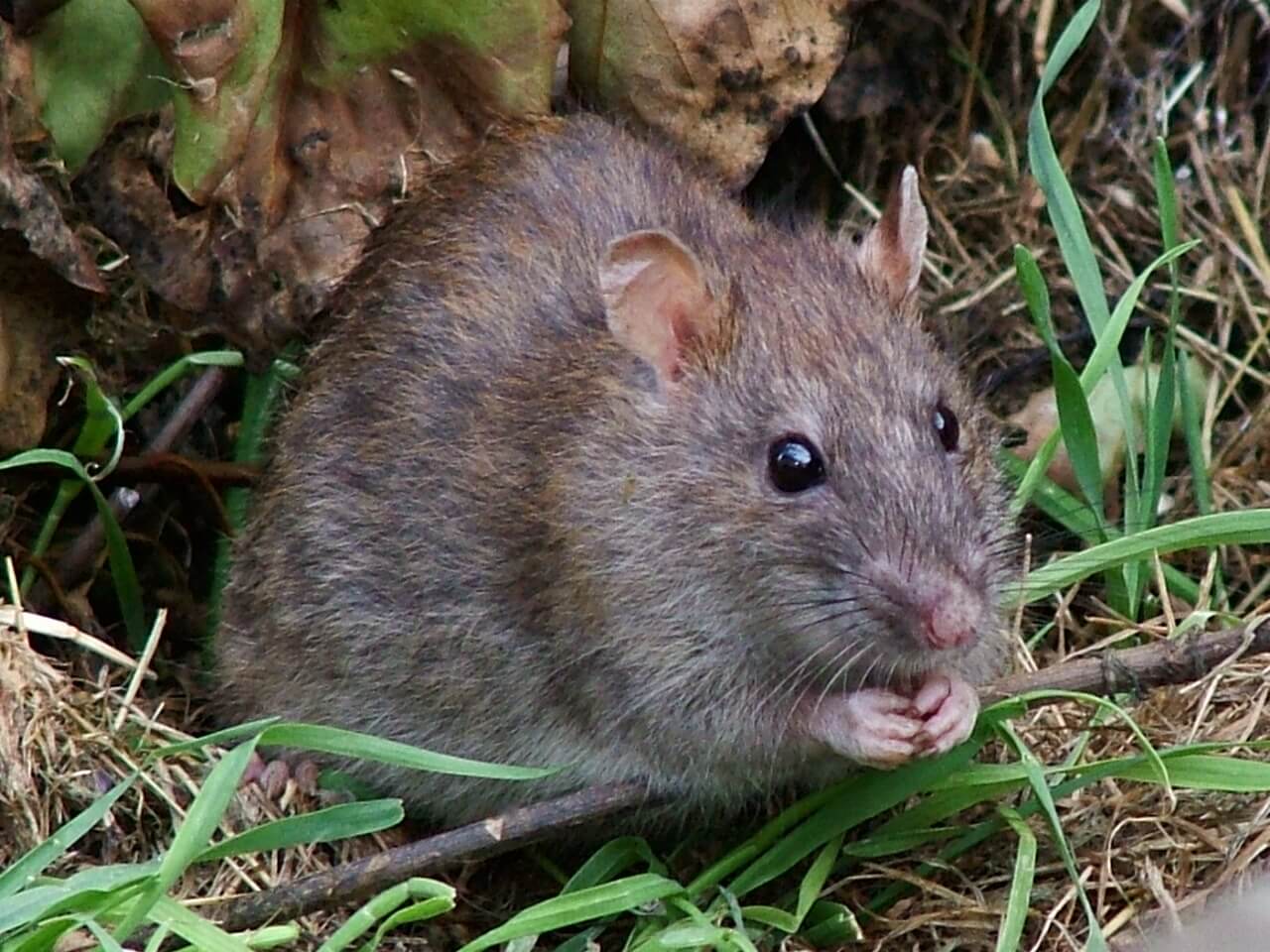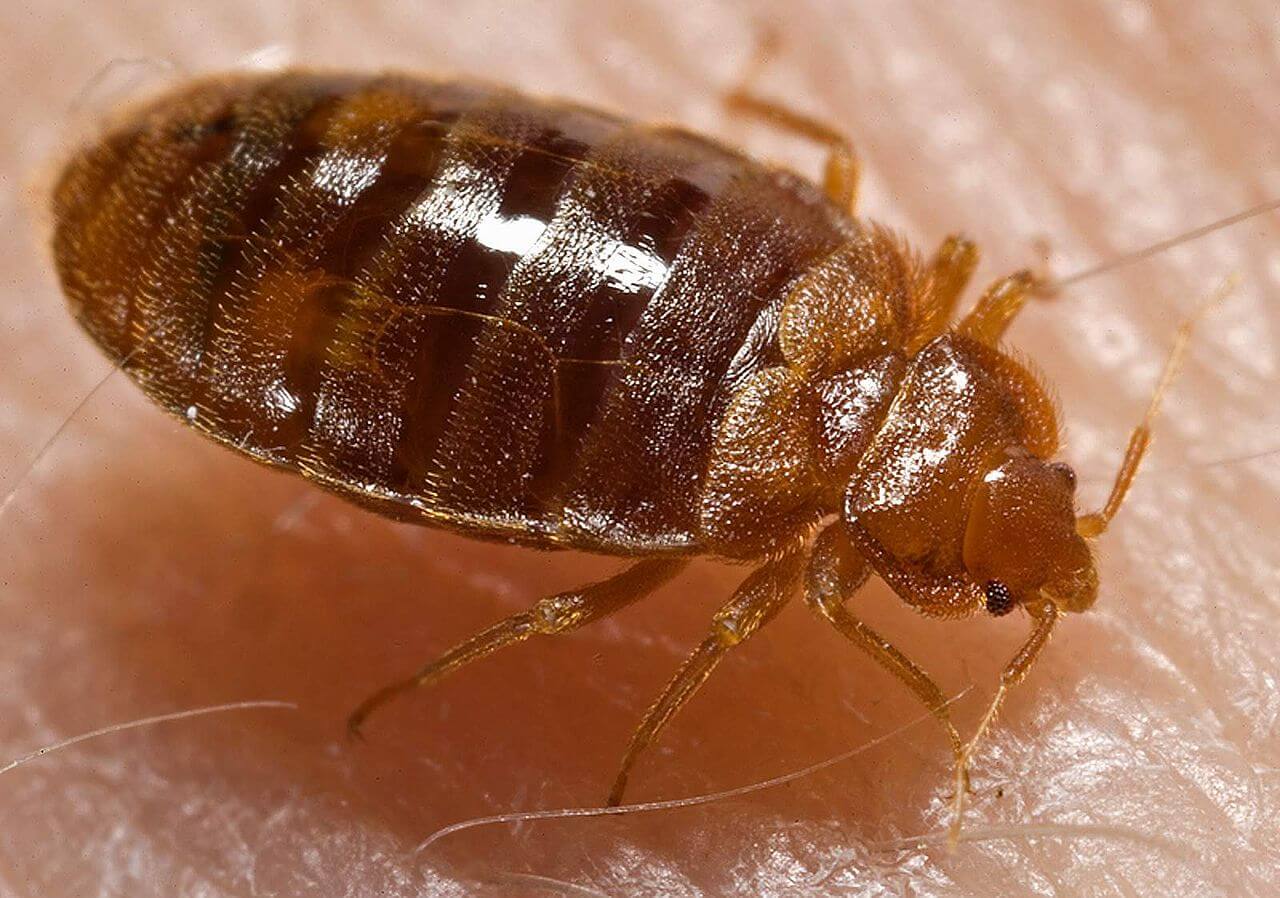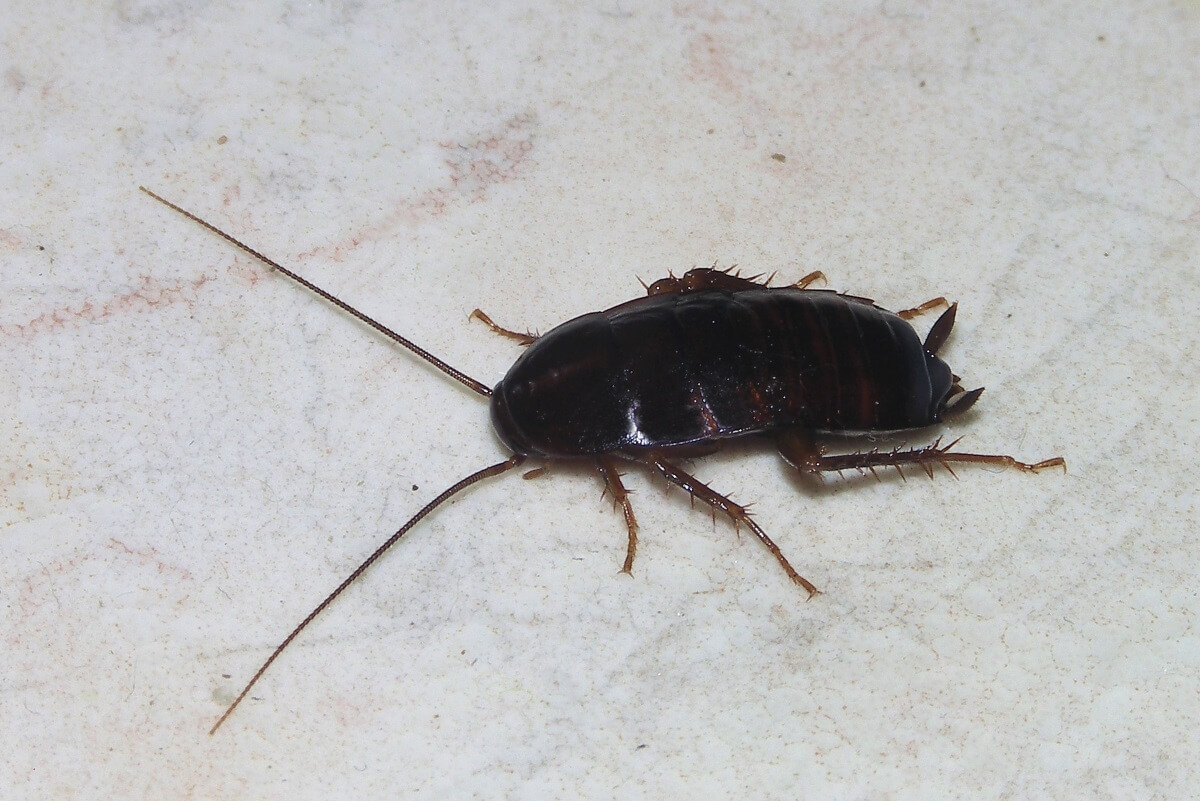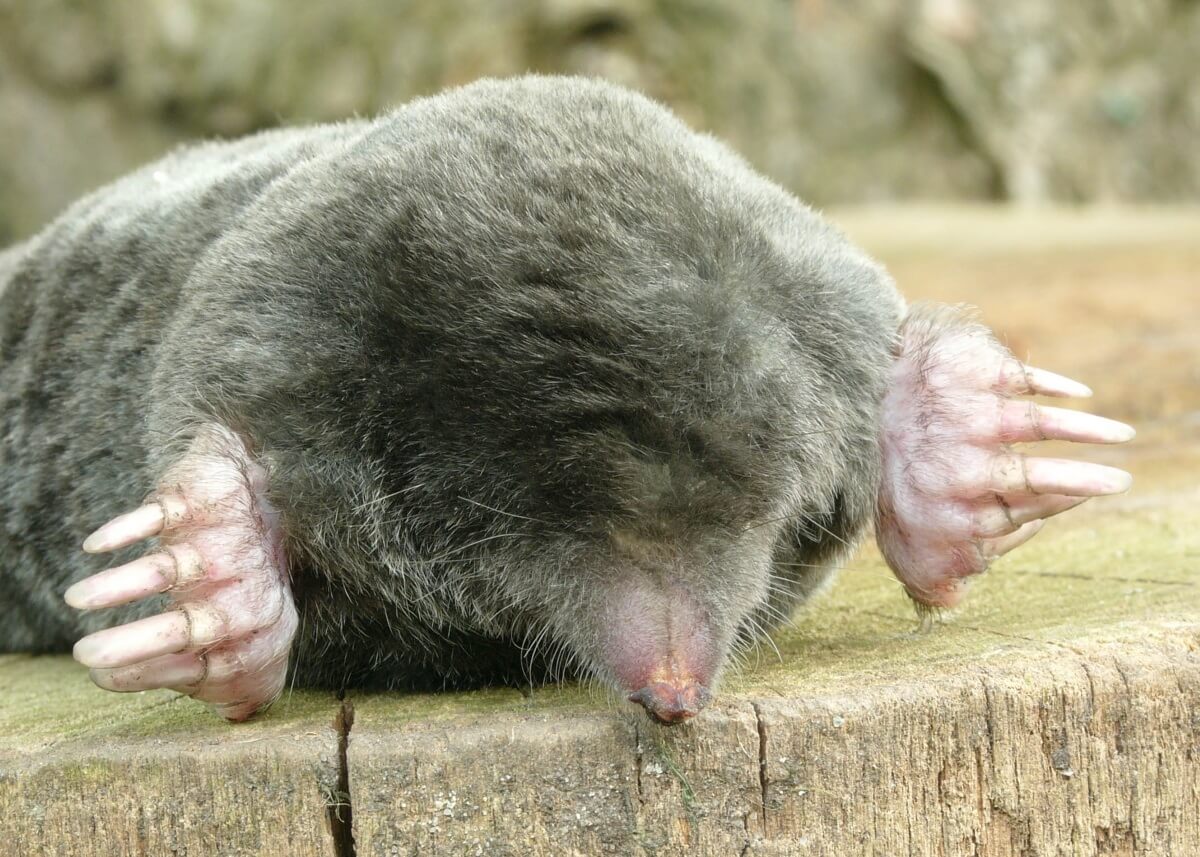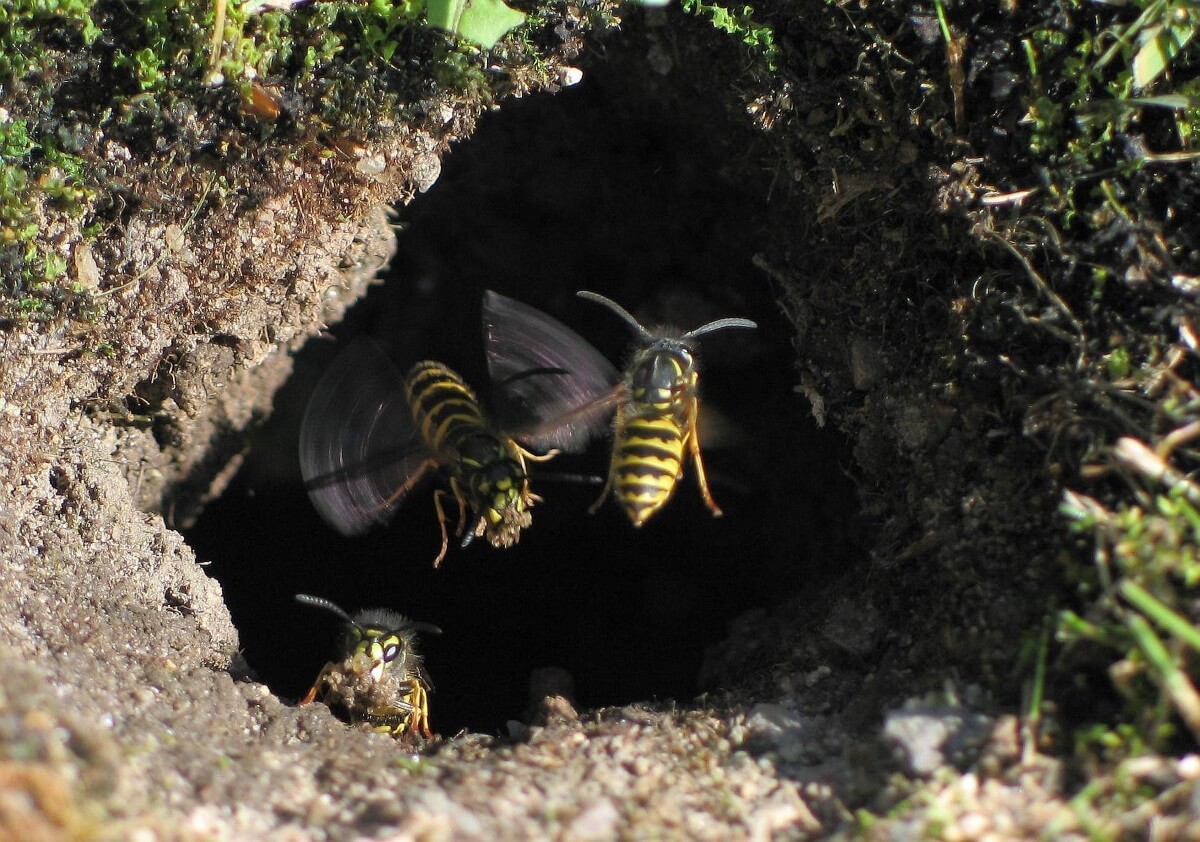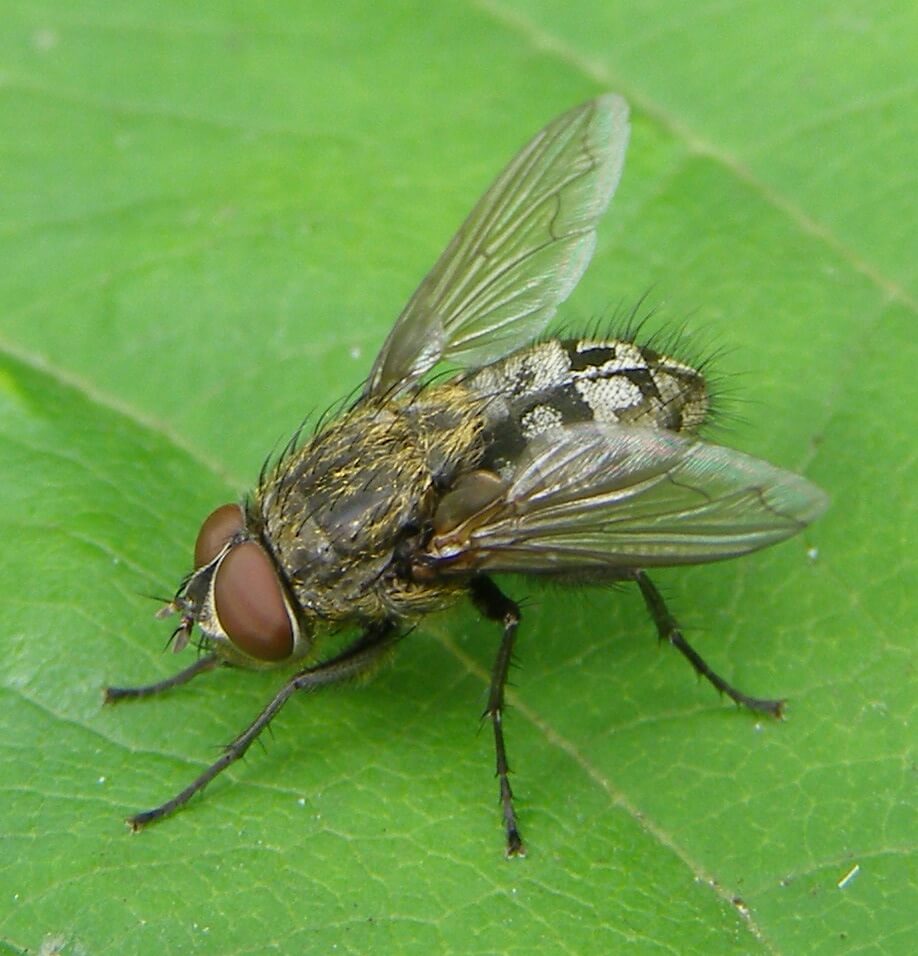Bed Bugs Pest Bio
Description
Adult bed bugs are light brown to reddish-brown, flattened, oval-shaped and have no hind wings. The front wings are vestigial and reduced to pad-like structures. Bed bugs have segmented abdomens with microscopic hairs that give them a banded appearance. Adults grow to 4–5 millimetres (0.16–0.20 in) long and 1.5–3 millimetres (0.059–0.118 in) wide.
Newly hatched nymphs are translucent, lighter in colour and become browner as they moult and reach maturity. A bed bug nymph of any age that has just consumed a blood meal has a bright red translucent abdomen, fading to brown over the next several hours, and to opaque black within two days as the insect digests its meal. Bed bugs may be mistaken for other insects, such as book lice, small cockroaches, or carpet beetles; however, when warm and active their movements are more ant-like and, like most other true bugs, they emit a characteristic disagreeable odour when crushed.
Health Problems
A number of adverse health effects may result from bed bug bites, including skin rashes, psychological effects, and allergic symptoms. They are not known to transmit any pathogens as disease vectors. Certain signs and symptoms suggest the presence of bed bugs; finding the insects confirms the diagnosis.
They can be infected by at least 28 human pathogens, but no study has clearly found that the insect can transmit the pathogen to a human being. Bed bug bites or cimicosis may lead to a range of skin manifestations from no visible effects to prominent blisters.
Relevance
Bed bugs have been known as human parasites for thousands of years. At a point in the early 1940s, they were mostly eradicated in the developed world, but have increased in prevalence since 1995, likely due to pesticide resistance. Because infestation of human habitats has been on the increase, bed bug bites and related conditions have been on the rise as well.
Cause
Dwellings can become infested with bed bugs in a variety of ways, such as:
- Bugs and eggs inadvertently brought in from other infested dwellings on a visiting person's clothing or luggage
- Infested items (such as furniture, clothing, or backpacks) brought in
- Nearby dwellings or infested items, if easy routes are available for travel, e.g. through ducts or false ceilings
- Wild animals (such as bats or birds) that may also harbour bed bugs or related species such as the bat bug
- People visiting an infested area (e.g. dwelling, means of transport, entertainment venue, or lodging) and carrying the bugs to another area on their clothing, luggage, or bodies. Bedbugs are increasingly found in air travel.
- Though bed bugs will feed on pets, they do not live or travel on the skin of their hosts, and pets are not believed a factor in their spread.
Detection
Bed bugs are elusive and usually nocturnal (peak activity usually occurs between 10:00 p.m. - 6:00 a.m.), which can make their detection difficult. They often lodge in dark crevices, and the tiny adhesive eggs can be nestled by the hundreds in fabric seams. Aside from bite symptoms, signs include fecal spots (small dark sand-like droppings that occur in patches around and especially beneath nests), blood smears on sheets (re-wetted fecal spots smear like fresh blood), and the presence of their empty moulted exoskeletons; Bed bugs can also be detected by their characteristic smell of rotting raspberries.
Management
Eradication of bed bugs frequently requires a combination of non pesticide approaches and the occasional use of pesticides.
Mechanical approaches, such as vacuuming up the insects and heat treating or wrapping mattresses, are effective. A combination of heat and drying treatments is most effective. An hour at a temperature of 45 °C (113 °F) or over, or two hours at less than −17 °C (1 °F) kills them; a domestic clothes drier or steam kills bedbugs. Starving them is difficult as they can survive without eating for 100 to 300 days, depending on temperature. For public health reasons, individuals are encouraged to call a professional pest control service to eradicate bed bugs in a home, rather than attempting to do it themselves, particularly if they live in a multi-family building.
As of 2012 there were no really effective pesticides available. Pesticides that have historically been found effective include pyrethroids, dichlorvos and malathion. Resistance to pesticides has increased significantly over time, and harm to health from their use is of concern. The carbamate insecticide propoxur is highly toxic to bed bugs, but it has potential toxicity to children exposed to it, and the US Environmental Protection Agency (EPA) has been reluctant to approve it for indoor use. Boric acid, occasionally applied as a safe indoor insecticide, is not effective against bed bugs because they do not groom. The fungus Beauveria bassiana is being researched as of 2012 for its ability to control bed bugs.
| Bed Bugs Pest - Bio | |
| Pest Temperament | Parasitic |
| Pest Width | 1.5–3 millimetres (0.059–0.118 in) |
| Pest Length | 4–5 millimetres (0.16–0.20 in) |
| Pest Reproduction Rate | 4 eggs per day per nourished female |
| Pest Life Span | Varies by Species and is also dependent on feeding |
| Pest Starvation Rate | 100 to 300 days |
| Pest Host Search Rate | 5 to 7 days |
| Pest Preferred Feed Areas | The Face, Neck and Arms of a Sleeping Person |
| Pest Feed Method | Mouth Parts that Saw Through the Skin |
| Pest Attracted by | Carbon dioxide, Warmth, Chemical Lure |

